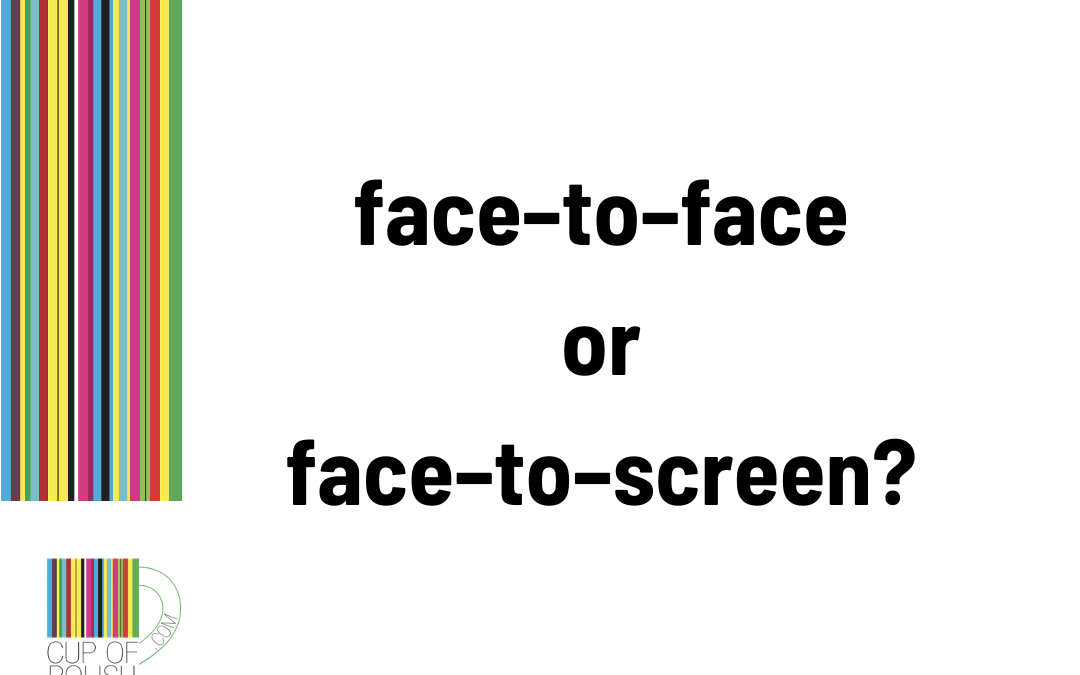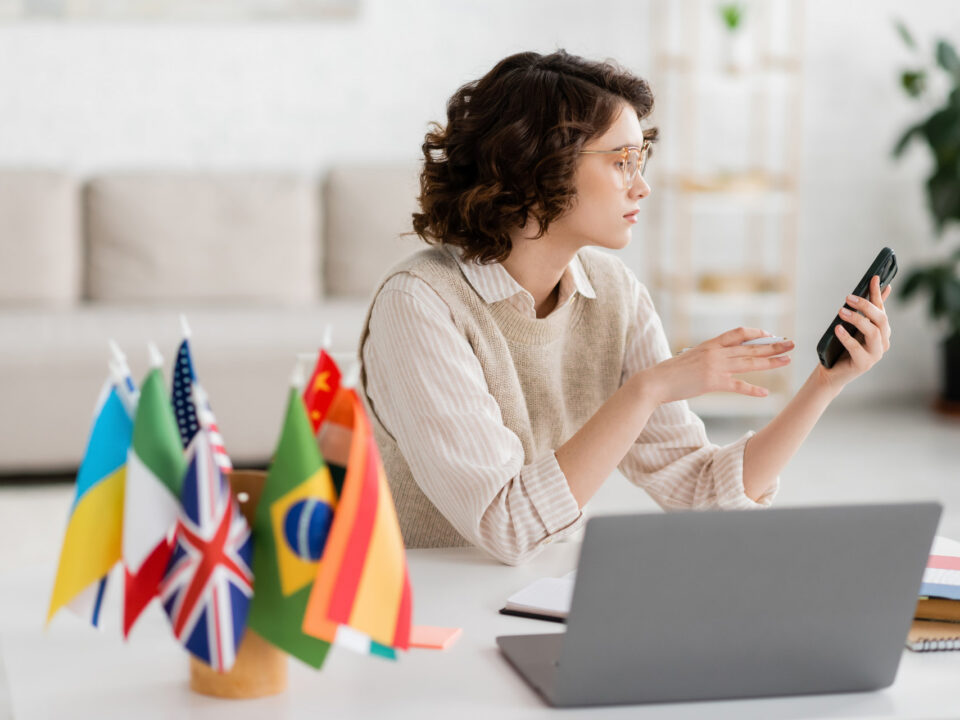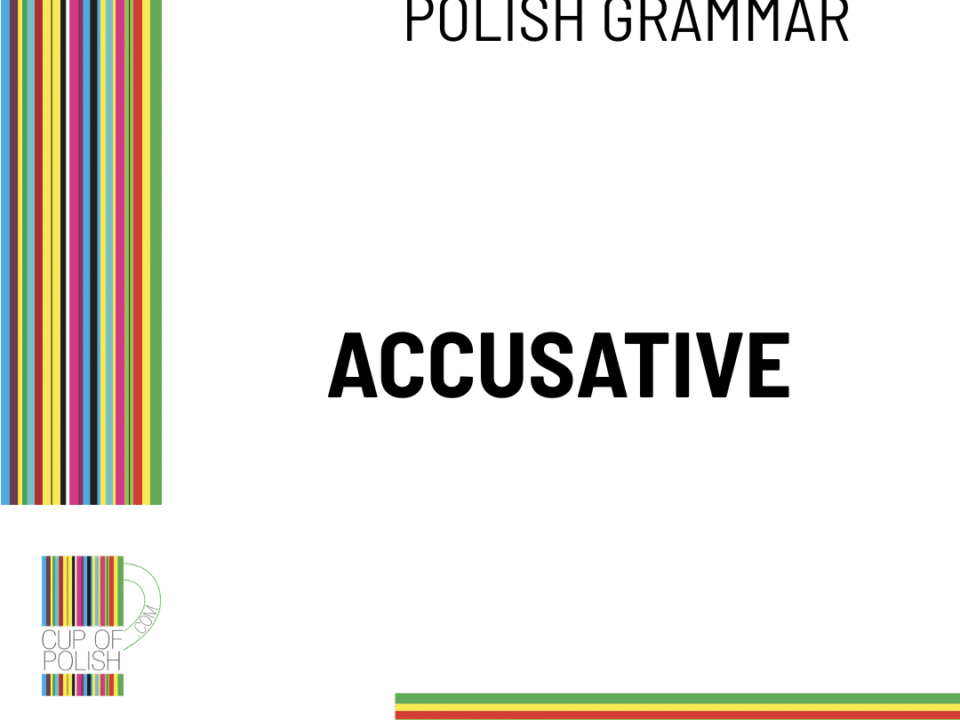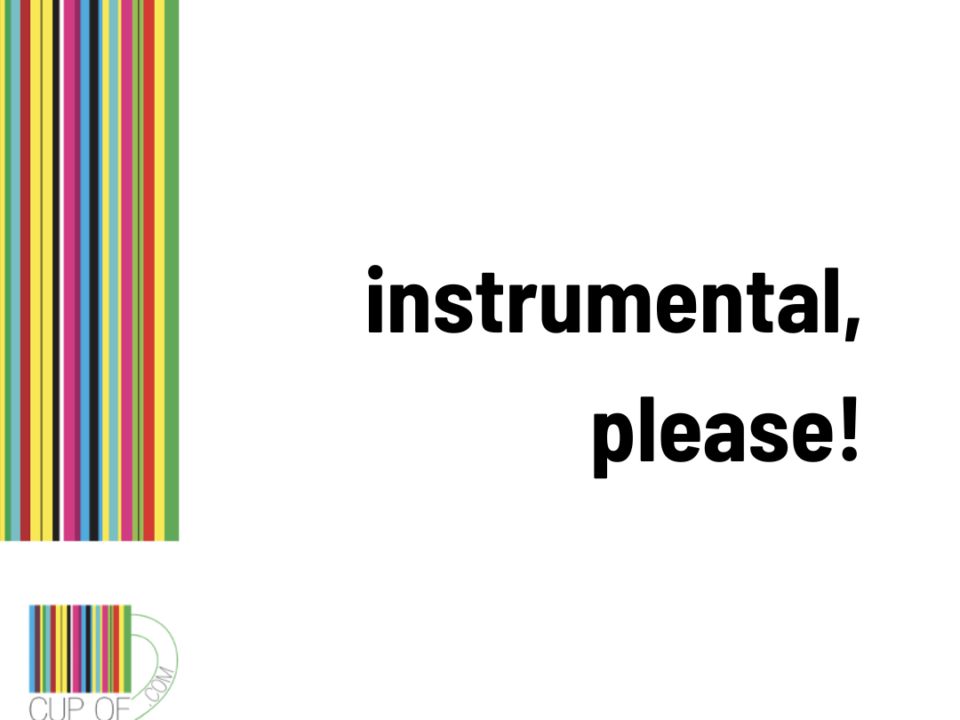
How to Find the Best Group Polish Lessons for Your Learning Style
14 November 2024
Learning Polish for a New Start: Free Lessons for Refugees
28 November 2024I recently started another course with a person who claimed they didn’t need a Polish as a foreign language course from scratch, at A1 level, because they’ve been learning on their own for a while—using an app or YouTube.
At first, I took such declarations seriously and arranged placement meetings to determine the appropriate level of lessons for such students. I’ve stopped doing that. Why?
It turns out that learning with apps or YouTube as your first Polish language teachers often means you only pick up some random vocabulary for everyday situations—words that float in your head like free electrons. Cup of Polish new students had vocabulary that could, in theory, allow them to introduce themselves, do some simple shopping, talk about their family or their day. However, they were not able to do so. So we start learning from the beginning.
Why? What happened?
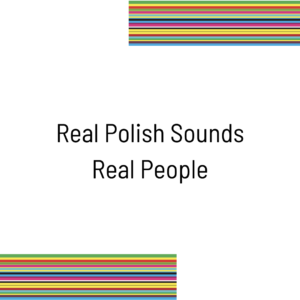
- Real Polish Sounds, Real People
Apps and videos don’t expose learners to the authentic, dynamic sounds of Polish spoken by a real person. They also miss out on observing the speaker’s facial expressions or mouth movements, which they could imitate and which helps with accurate pronunciation.
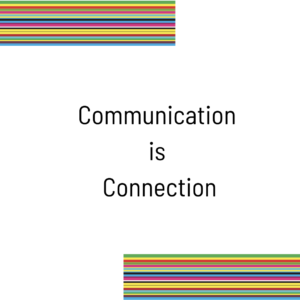
- Communication is Connection
Watching videos or interacting with screens doesn’t simulate real conversations with a person. This means language doesn’t serve its core purpose: building relationships and enabling communication.
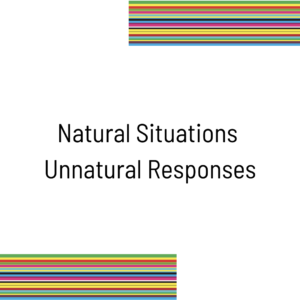
- Natural Situations, Unnatural Responses
Learning passively from a screen doesn’t prepare learners to react appropriately in real-life scenarios. Without two-way communication, key neurobiological processes— the activation of mirror neurons or the left hemisphere for language processing—don’t kick in.
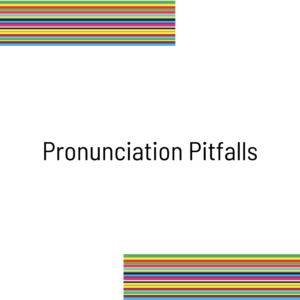
- Pronunciation Pitfalls
Our new students read Polish words as if they were written in their native language (e.g., English, German, or Spanish), leading to hilarious misunderstandings. For instance, the Polish sentence “Jem jabłko” (“I’m eating an apple”) might sound like “frog jam.”
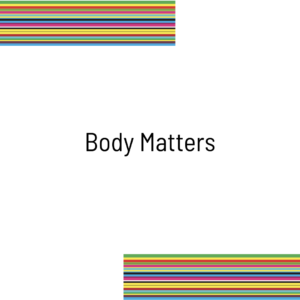
- Body Matters
Scrolling doesn’t engage fine motor skills or visual memory, both of which are crucial for language retention. Students didn’t engage either their bodies, depriving themselves of kinesthetic stimuli, which are crucial reinforcement for many learners.
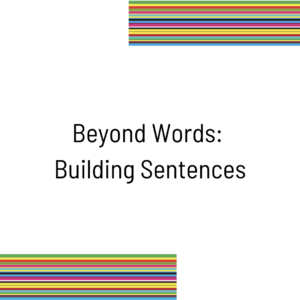
- Beyond Words: Building Sentences
Knowing words isn’t enough. Without sentence structures, vocabulary is like puzzle pieces without a picture. Sure, some people get by with 10 words and nonverbal communication – such communication skills are invaluable for relationships, but true foreign language fluency requires context and structure.
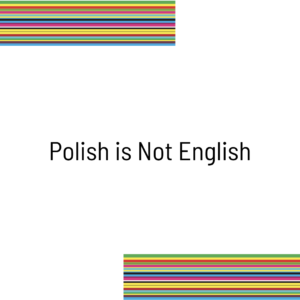
- Polish is Not English
Comparing Polish ( a Slavic language) to English is a common mistake. These languages operate on entirely different systems, describing the world in unique ways. Recognizing and embracing these differences is key to successful learning.
Why This Matters
The beauty of learning lies in discovering something completely new and stepping outside the familiar. Language learning is more than words on a screen—it’s about connection, creativity, and communication.
It’s us who take care of all this at the Cup of Polish. And you? Are you ready to invite Polish into your life?
Have a nice Cup of Polish😊
Miłego polskiego!



